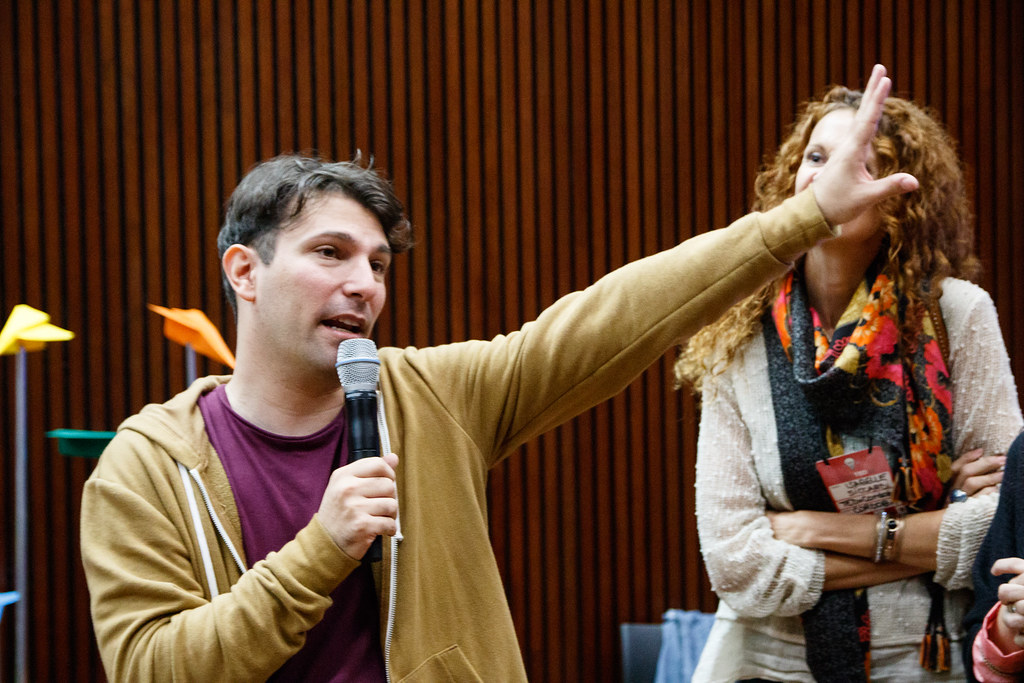In today’s business world, trust is currency. Whether you’re pitching to investors, leading a team meeting, or delivering a keynote, your ability to earn your audience’s trust can make or break your message. While your words carry weight, your body language—especially your hand gestures—often speaks louder. Among the most powerful yet underutilized tools in a speaker’s arsenal are open hand gestures.
Open hands can convey honesty, confidence, and transparency. This simple body language cue, when used intentionally, helps presenters instantly connect with their audience. If you’ve ever wondered why some speakers are instantly likeable and believable, chances are their hand gestures are working for them—not against them.
Why Hand Gestures Matter in Business Presentations
Research shows that people form opinions about you within the first few seconds of meeting you—and much of that judgment is based on nonverbal cues. According to studies on nonverbal communication, over 60% of communication is visual, and hands are one of the most expressive parts of the body. Open gestures—such as showing your palms, spreading your hands slightly apart, and using relaxed movements—signal that you are approachable and truthful. In contrast, closed-off or hidden hands (such as putting your hands in your pockets or behind your back) can unconsciously make others perceive you as guarded, anxious, or even deceptive. In corporate environments where credibility is critical, mastering this subtle form of communication can give you a competitive edge.
The Psychology Behind Open Hand Gestures
The use of open palms dates back to ancient times. When people greeted each other with open hands, it showed they were not holding weapons and meant no harm. Fast forward to the modern boardroom, and that same gesture continues to trigger a sense of psychological safety. When you present with open hands:
You appear more honest and transparent
You demonstrate confidence without arrogance
You signal receptivity and collaboration
You reduce perceived threat or confrontation in tense conversations
These are key trust-building signals, especially when dealing with executives, clients, or global teams where subtle cues often shape first impressions.
Practical Ways to Use Open Hand Gestures in Presentations
Using open hand gestures effectively requires more than just randomly flailing your arms. It’s about intentionality and alignment with your message. Here’s how to do it right:
1. Show Your Palms When Making Key Points
When emphasizing a main idea, turn your palms slightly up and face them toward your audience. This nonverbal cue suggests openness and makes your message more believable.
2. Keep Your Hands at Waist Level
Holding your hands around the waist or navel area—also known as the gesture box—looks natural and grounded. It’s the sweet spot between looking too rigid and appearing overly dramatic.
3. Avoid Hiding or Clasping Your Hands
Avoid behaviors like clasping your hands behind your back, putting them in your pockets, or crossing your arms. These gestures make you seem closed off, nervous, or even disinterested.
4. Use Symmetrical Gestures
Balanced, symmetrical hand movements appear more polished and confident. When both hands mirror each other, it signals composure and deliberate messaging.
5. Practice in Front of a Mirror or Camera
Presentation skills, like any other, improve with practice. Record yourself or rehearse in front of a mirror to gain awareness of your hand positions and eliminate distracting habits.
Real-World Applications: Where This Matters Most
Open hand gestures aren’t just for TED Talks—they’re useful in nearly every corporate context:
- Sales pitches: Establish rapport quickly by appearing approachable and trustworthy.
- Leadership meetings: Show confidence and transparency when addressing teams or stakeholders.
- Virtual presentations: Even on Zoom, hand gestures within frame reinforce your presence and authenticity.
- Conflict resolution: De-escalate tension and show openness to dialogue with palm-up gestures.
Final Thoughts
In a world where attention is scarce and skepticism is high, presenters must do more than deliver facts—they must connect. Open hand gestures are a simple but powerful way to enhance your message, build credibility, and earn trust.
So next time you’re preparing a deck or rehearsing for a big meeting, don’t just think about what you’re going to say. Think about how you’re going to say it—hands included.
Because in business, how you show up matters just as much as what you say. For a related read, you can explore this related article.



